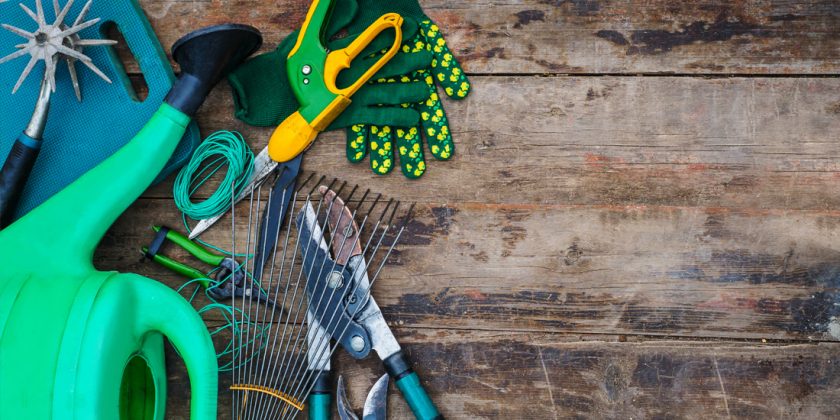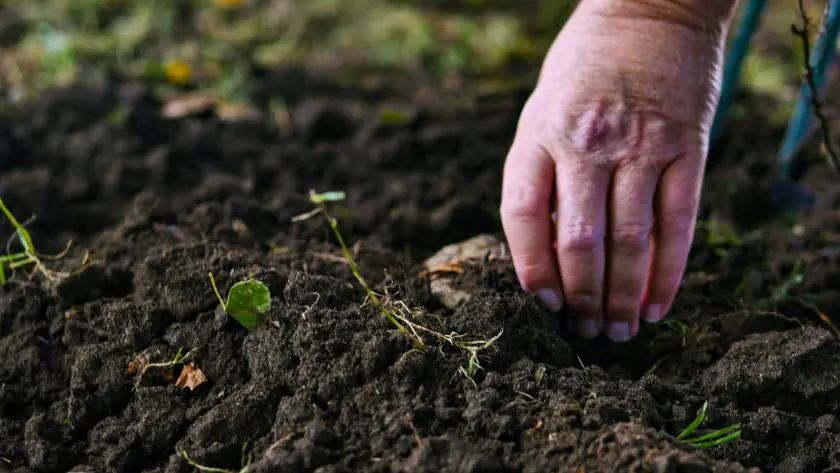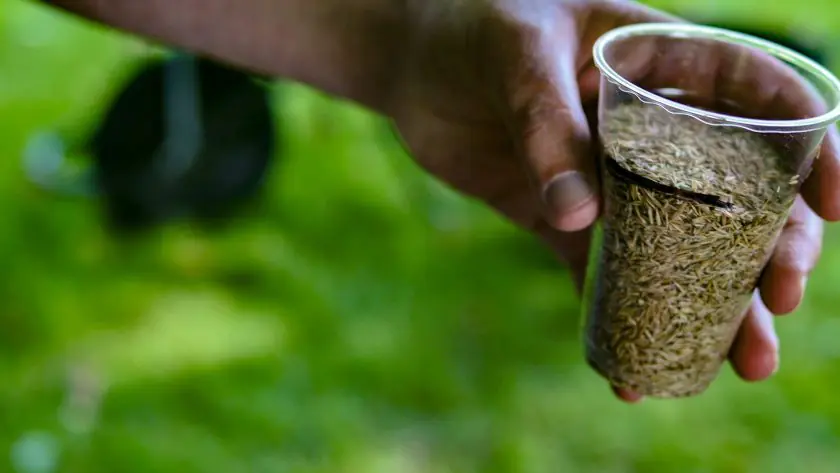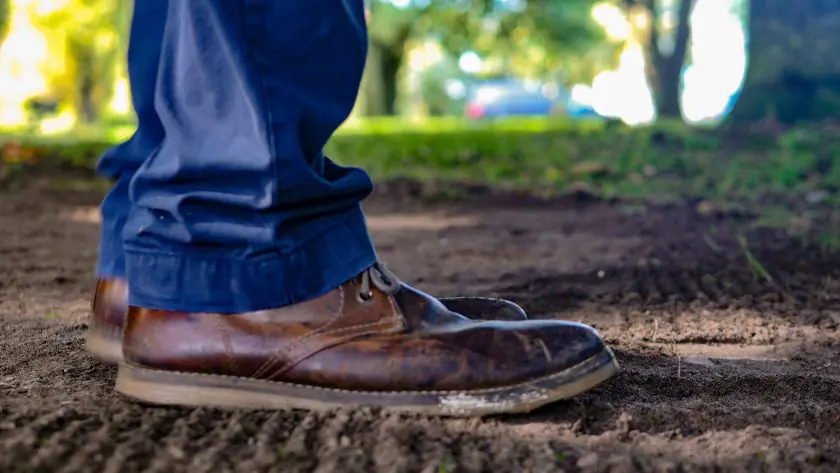We accept:
Sowing season survival kit

It’s officially spring which means it’s time to dust off your gardening kit in order to do some serious sowing!
So, what if you don’t have one? And what does the avid or aspirational gardener need to carry in their kit to overseed their lawn?In this blog, we’ll tell you the steps you need to get your existing lawn ready for summer, and the equipment you’ll need to fulfil each step. Let’s get started!
1. Remove weeds and stones
What to reach for in your gardening kit: Spade, Gloves, WeedkillerWhen overseeding your lawn it’s best to start with as best a bare canvas as you can – this means removing all debris, weeds, stones or boulders that may be in the way of a fine seedbed. Get your gloves on to avoid getting any splinters or cuts in your hands, and depending on the size of the area use a spade / trowel to dig up any weeds. Alternatively, you can use a weedkiller to do this.
2. Fertilise your soil
What to reach for in your gardening kit: Fertiliser spreader, gloves, or cup equivalentIt is important to keep your lawn regularly fed! Don’t forget that grass is a living thing – so it needs to be fed too! Applying a nitrogen-rich fertiliser gives your lawn the best chance of establishing new strong seedlings and making your neighbours jealous of your envy-inducing emerald green lawn. You can apply a fertiliser using your hands as long as you are wearing a glove or by spreading with a cup, or by using a fertiliser spreader. If you need more information on what fertiliser to use, you can find our handy guide here.3. Water your fertiliser
What to reach for in your gardening kit: Watering can / garden hoseIf you are using a granular fertilisers, like our fertilisers, in order for your fertiliser to start doing its work, you’ll need to water it in. If watering a small lawn / area, use a watering can. For larger areas use a garden hose. Granular fertilisers need to be watered in so that the soil can absorb all those nutrients – if granules are sitting on the surface they can scorch new seedlings when they come up, and if they haven’t been watered – they haven’t been activated and aren’t doing all that hard work they’re supposed to!4. Wait 2 weeks
What to reach for in your gardening kit: A cup of tea!Here at The Grass People, we love a cuppa - enjoy more than a couple while you wait for your fertiliser to take full effect over the course of two weeks before taking further action. By leaving the soil to cultivate, you allow any further weeds to come to the surface whilst also encouraging the soil to settle in preparation for overseeding.5. Scarify the lawn and loosen up the soil
What to reach for in your gardening kit: Spring tinned rake / electric scarifierShould weeds appear, scarify the lawn with a spring tinned rake, you can also use your spring tinned rake to create a level seedbed and to loosen up the soil in preparation for sowing.We recommend allowing the area to cultivate for 10-14 days to encourage any dormant weeds to appear on the surface. You can then remove any newly-appearing weeds by hand.6. Sow your seed
What to reach for in your gardening kit: Spreader / Spring tinned rakeFor overseeding your lawn, you’ll want to use our recommended sowing rate of 35g per m2. Depending on the size of your lawn, you can use a spreader (contact your spreader manufacturer for the correct settings), you can also sow by hand or use a cup [link to our video guide on this]. Ideally your seed will be around 3 x £1 coin deep under the surface of your existing lawn. Rake your soil over to cover your seeds.
7. Firm down
What to reach for in your gardening kit: Roller / wellies!Once you’ve raked over your seedbed, you’ll want to firm down all that good work so you have a level foundation once again. Now, if you’re awfully fancy and have invested in a roller, you can use this. If not, good old welly boots will do the job! Do your best penguin shuffle to firm down the seed.
8. Water well
What to reach for in your gardening kit: Watering can / garden hoseGrass seed needs water to grow, so whether you’re using a rusty old watering can, or super helpful hose, you’ll need to water your newly seeded areas well. We recommend watering once daily – however if it rains, you will not need to water.Now you have all the steps, lets do a final checklist of what you’ll need!- Spade
- Gloves
- Weedkiller
- Seed / fertiliser spreader
- Watering can / garden hose
- Spring tinned rake
- Roller
- Welly boots